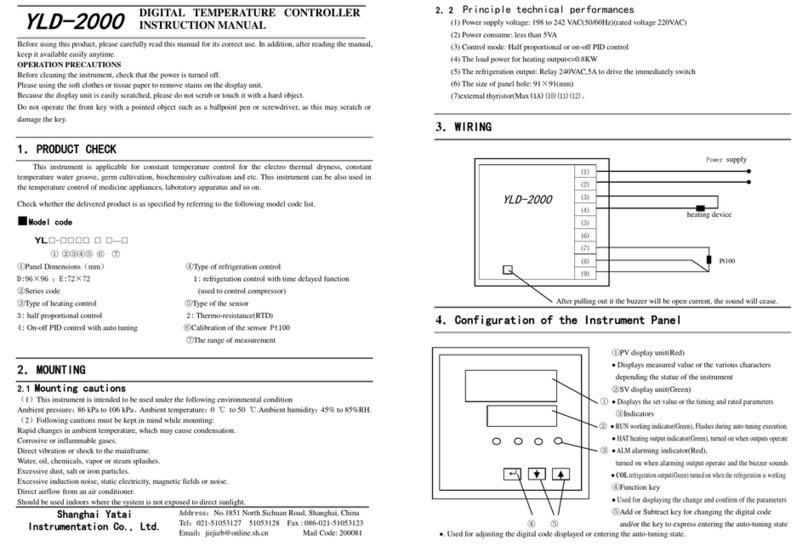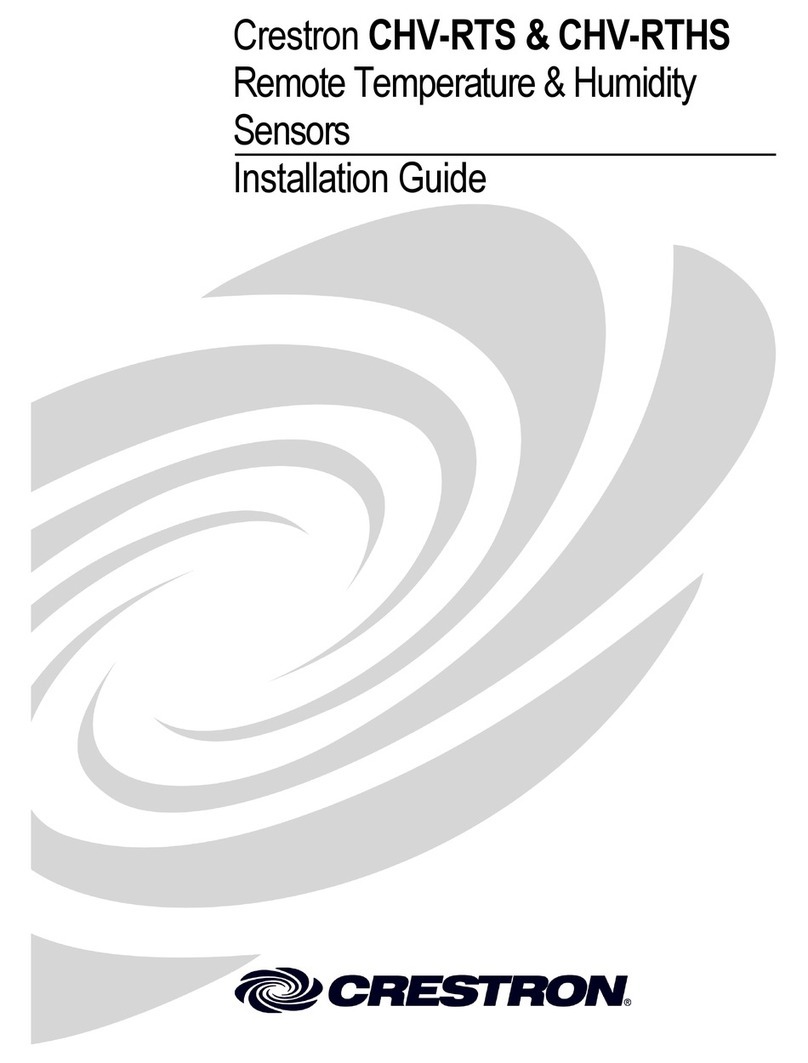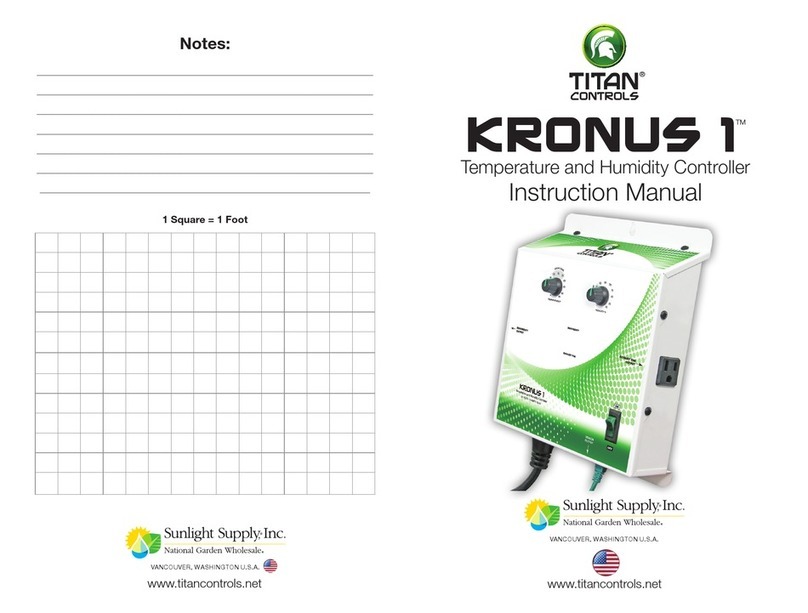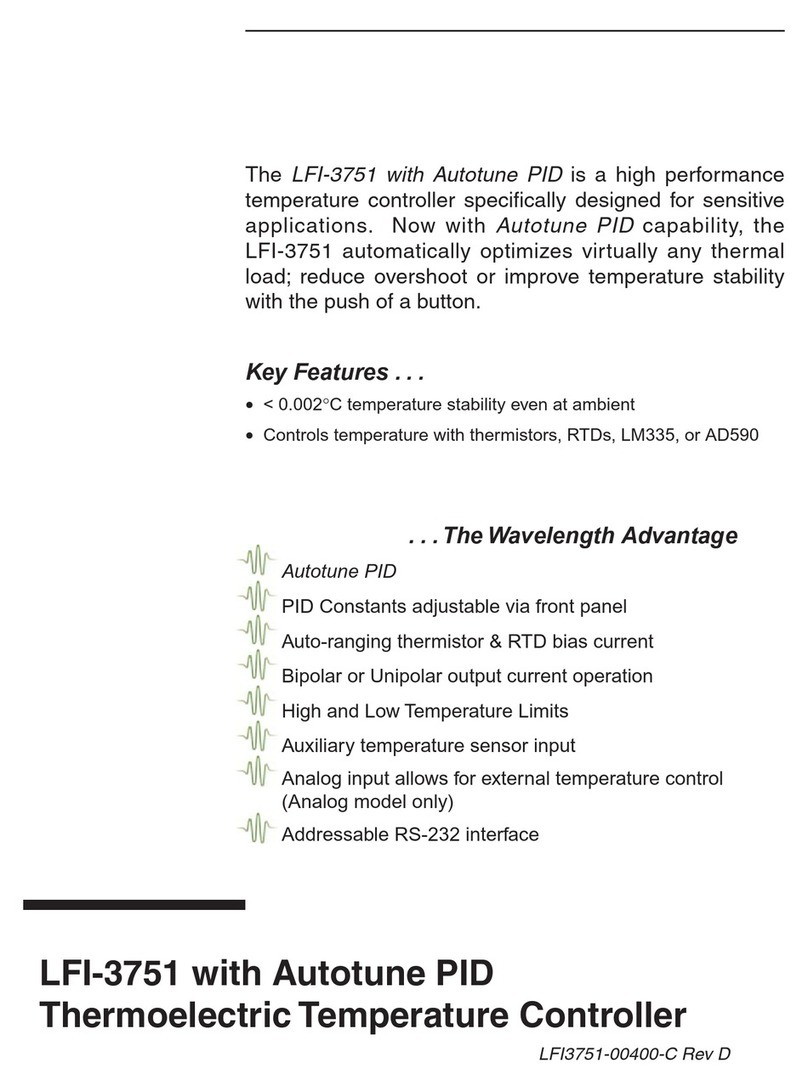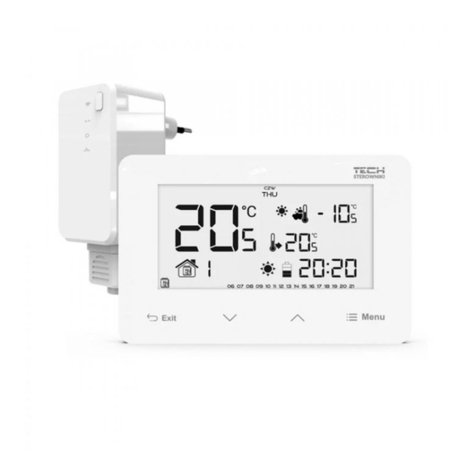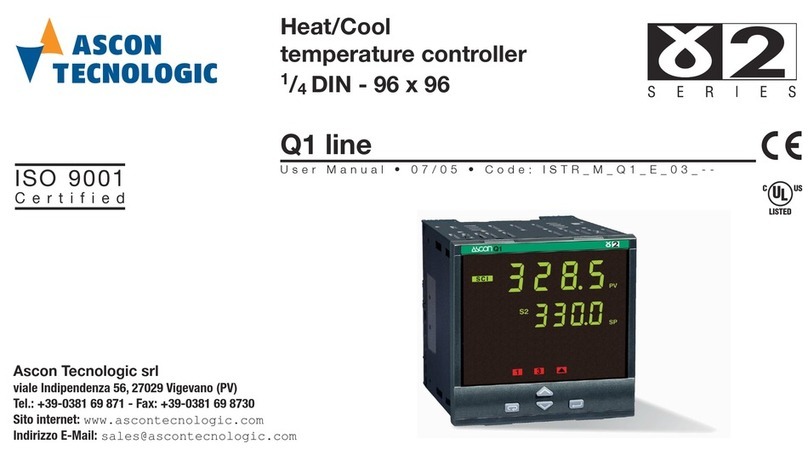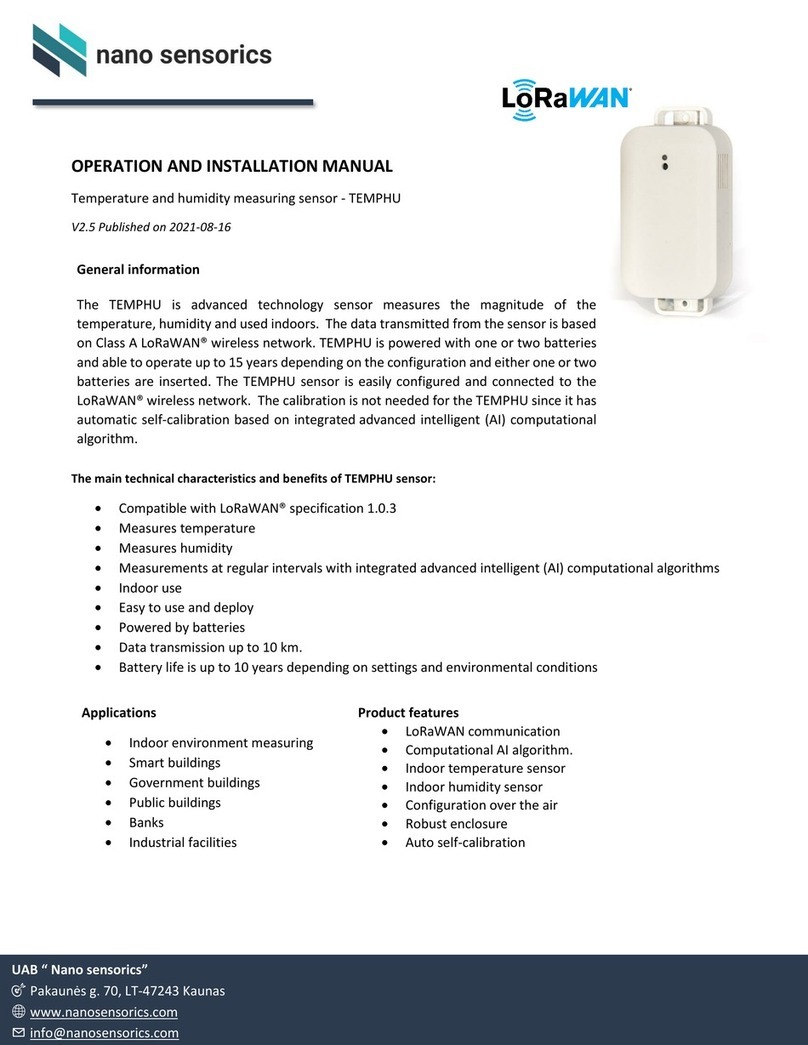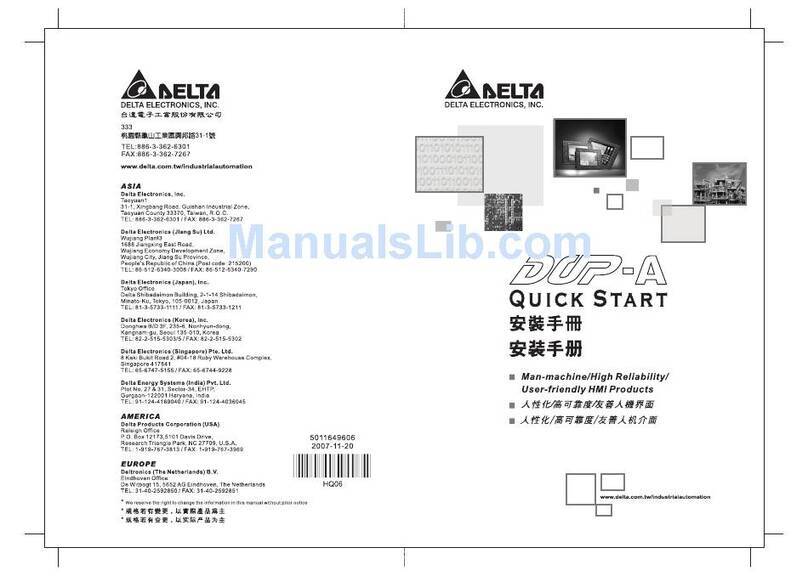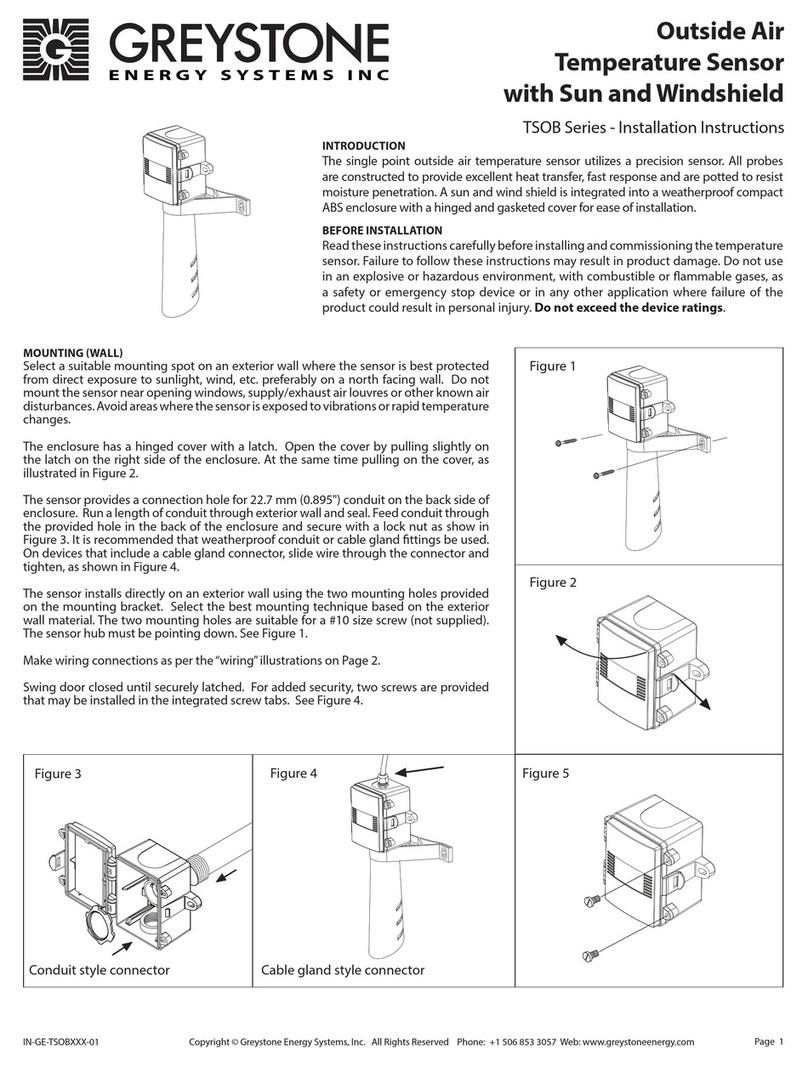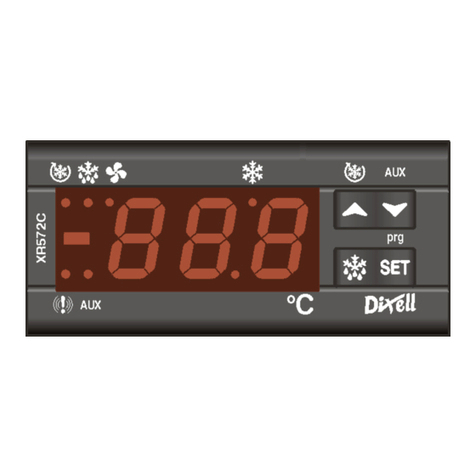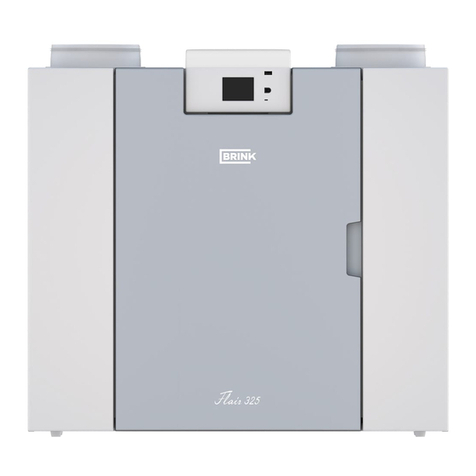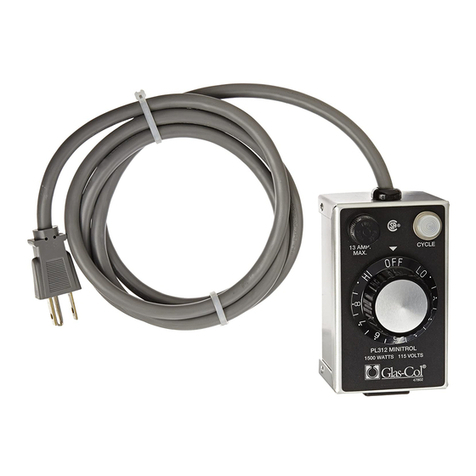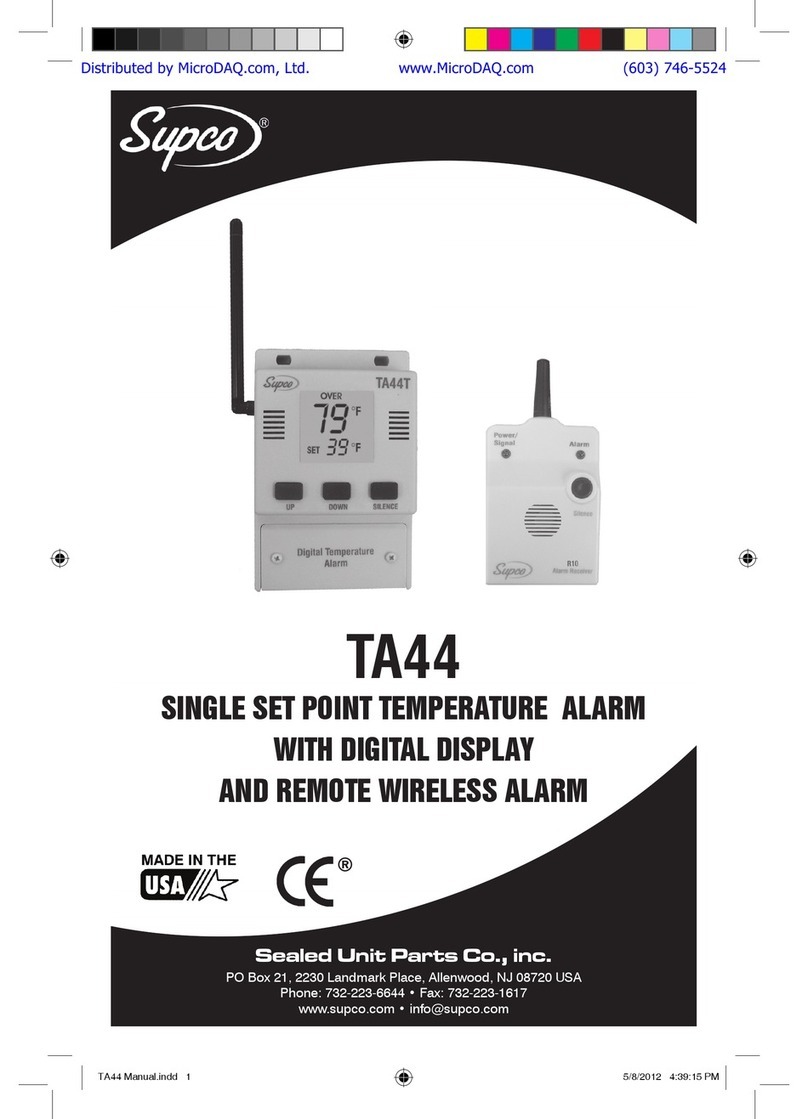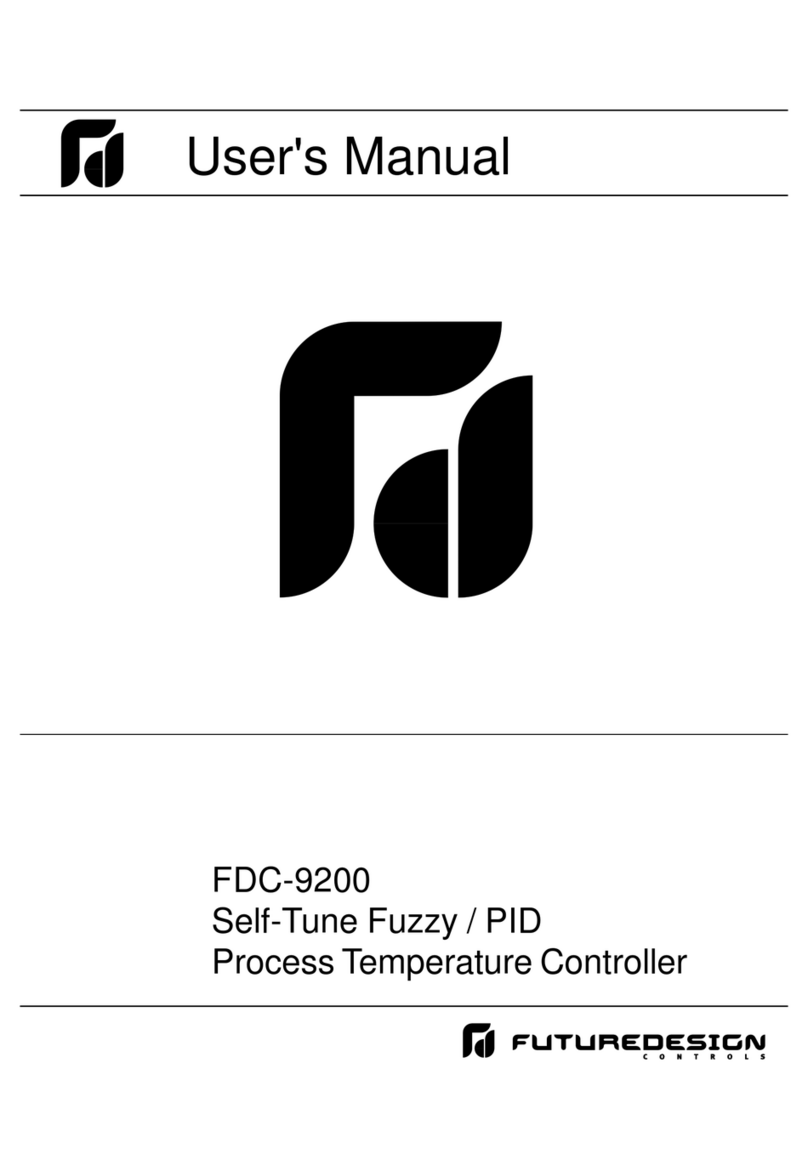8.3 Remote control via a terminal .............................................................................................................74
8.3.1 Menus and operating screens................................................................................................................75
8.3.2 Calling the controller menu via remote control.......................................................................................78
8.3.2.1 System Centre........................................................................................................................................78
8.3.2.2 Store computer CI 3x00 / operator terminal AL 300 ...............................................................................79
8.3.3 Deactivating the input lock-down............................................................................................................80
8.3.3.1 System centres.......................................................................................................................................80
8.3.3.2 Store computer CI 3x00 / operator terminal AL 300 ...............................................................................80
8.3.4 Activating service mode .........................................................................................................................81
8.3.4.1 System centre - service mode................................................................................................................81
8.3.4.2 Store computer CI 3x00 .........................................................................................................................81
9 Menu Structure of UA 410 L ................................................................................................................82
9.1 Controller type UA 410 L – Menu tree (Rx.1 to Rx.0).........................................................................83
9.2 Main menu.............................................................................................................................................84
9.3 Menu 1 Actual Value.............................................................................................................................85
9.4 Menu 2 Setpoints..................................................................................................................................85
9.5 Menu 3 Clock ........................................................................................................................................86
9.6 Menu 4 Messages.................................................................................................................................87
9.7 Menu 5 Archive .....................................................................................................................................88
9.8 Menu 6 Configuration ..........................................................................................................................89
10 Decommissioning and disposal .........................................................................................................91
10.1 Decommissioning / Dismantling.........................................................................................................91
10.2 Disposal ................................................................................................................................................91
11 Alarms and Messages of UA 410 L.....................................................................................................92
11.1 Alarm signaling and monitoring .........................................................................................................93
11.1.1 High or low temperature alarm...............................................................................................................93
11.1.2 Disabling high or low temperature alarm................................................................................................93
11.1.3 No defrost alarm.....................................................................................................................................93
11.1.4 Sensor break alarm ................................................................................................................................94
11.1.5 Hardware fault alarm ..............................................................................................................................94
11.1.6 Alarm routes ...........................................................................................................................................94
11.2 Messages ..............................................................................................................................................95
11.2.1 Transient alarms and messages ............................................................................................................95
11.2.2 Message log ...........................................................................................................................................95
12 Specifications of UA 410 L ..................................................................................................................96
12.1 Electrical data .......................................................................................................................................96
12.2 Mechanical data....................................................................................................................................98
12.3 Mechanical data of the temperature sensor L243 / 5K3A1...............................................................99




















